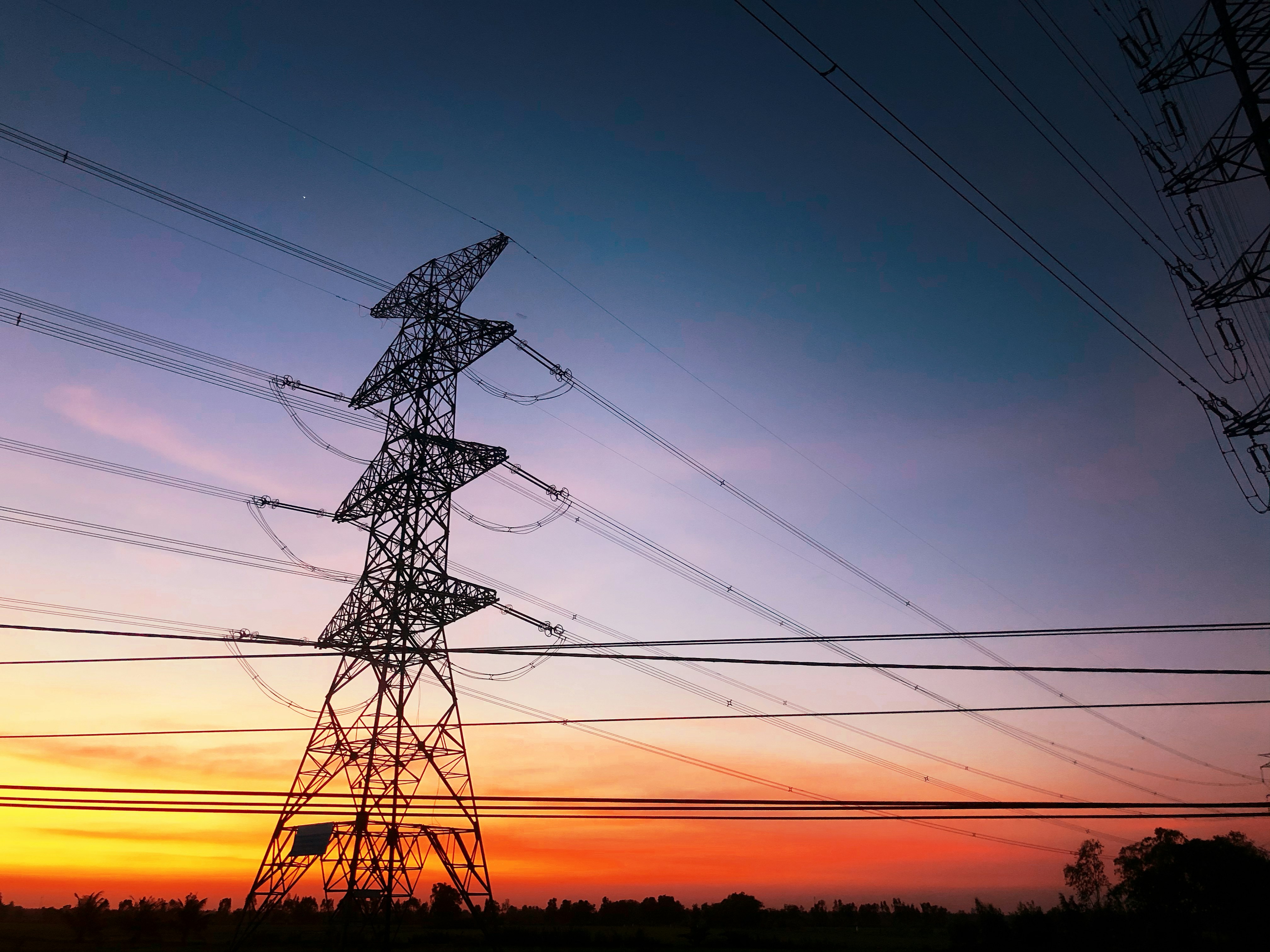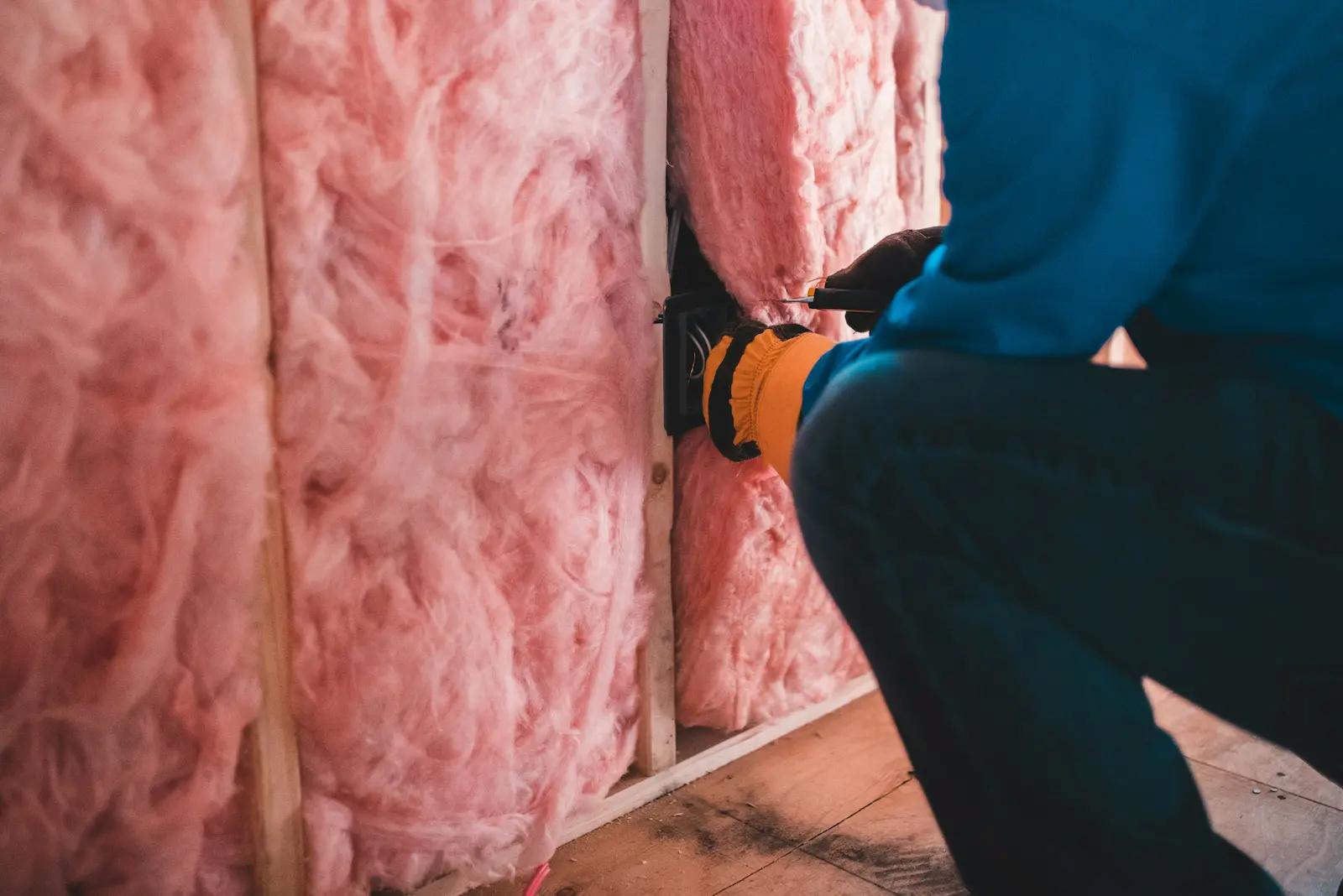Behind the Scenes, Energy Efficiency Keeps Plugging Away. But We Must Do More.
Let's Save Energy
Alliance to Save Energy's Blog

We’ve seen significant progress in clean energy innovation and investment in the last decade, that much is clear, but where do we really stand? I recently had the pleasure of participating in a launch event for the 2020 Sustainable Energy in America Factbook produced for the Business Council for Sustainable Energy by Bloomberg New Energy Finance. The headliners of the event were renewable energy, which doubled installed wind and solar capacity, and natural gas, which went from meeting 24% of power generation needs to 38% in a decade.
The story of energy efficiency is a bit more nuanced, confirming an urgent need for greater action. The Factbook demonstrated that energy efficiency – the cheapest, most impactful climate solution we have – did what energy efficiency does best by slowly but surely increasing energy productivity by 17.6% over the past decade. But while energy productivity increased an impressive 3.3% in 2019, the 10- and 40-year average is less than a 2% improvement per year. While progress is good, this isn’t enough. Studies demonstrate that energy efficiency can be half the solution to meeting international climate goals using existing technology, but to get there we must treat this like the emergency it is…an efficiency emergency.
One of the more sobering energy efficiency facts in this year’s report is that 28 states decreased utility spending on energy efficiency in 2019. Utility energy programs currently deliver almost 2.5 quads of energy savings per year (total U.S. consumption is about 100 quads per year), and 19 states experienced a decrease in electricity savings in 2019 and a total of 1% savings reductions in 2018. Without increasing utility efficiency investment and savings, it will be hard to make up the gap with other policies.
Building codes are another important driver for energy savings contributing 1.5 quads of annual energy savings. There is better news here as 74% of Americans live in a state with a building energy code that promotes energy efficiency. Recent voting results for the 2021 International Energy Code should result in about a 10% increase in energy efficiency for both residential and commercial buildings. This bodes well for future energy savings in new construction, an important source of energy savings, but what about existing buildings?
While new construction is an important source of energy savings, we will never get to the required savings levels without addressing energy efficiency in existing buildings. One of the more dramatic efficiency trends is the increase in U.S. building floor space covered by efficiency benchmarking or transparency policies from less than 1 to 13% over the past decade. The 2019 Energy Efficiency Indicator study found that 64% of U.S. facility and energy managers identified building performance benchmarking as an extremely important driver of investment in energy efficiency, the highest of all surveyed policies.
A number of cities and states are beginning to expand their benchmarking and disclosure policies to include building performance standards which will require retrofits of poor performing buildings or the payment of significant penalties. Implementation of Local Law 97 in New York City impacts 58% of building area and could require up to 80% of medium and large commercial and large multi-family buildings to be retrofitted by 2030 – driving investment of up to $20 billion and the creation of 126,000 local jobs. Widespread adoption of similar policies across the country would really move the needle on energy efficiency in existing buildings.
The 3.3% improvement in U.S. energy productivity delivered in 2019 needs to be the rule, not the exception, to meet our country’s full energy efficiency potential and to do that, we need to move efficiency from behind the scenes to center stage. The EE Global Alliance (for which the Alliance is the secretariat) coordinates international private-sector and supporting organization participation in the Three Percent Club, a coalition of countries, companies, and organizations committing to pursue a 3% annual improvement in energy efficiency. I hope that we can all commit to working together to hit that 3% goal, so I’d love for you to join me at the Alliance’s upcoming EE Global Forum on April 28-29 in Washington, DC, where you can– learn more about the EE Global Alliance and the Three Percent Club.
RECENT BLOG POSTS
STAY EMPOWERED
Help the Alliance advocate for policies to use energy more efficiently – supporting job creation, reduced emissions, and lower costs. Contact your member of Congress.
Energy efficiency is smart, nonpartisan, and practical. So are we. Our strength comes from an unparalleled group of Alliance Associates working collaboratively under the Alliance umbrella to pave the way for energy efficiency gains.
The power of efficiency is in your hands. Supporting the Alliance means supporting a vision for using energy more productively to achieve economic growth, a cleaner environment, and greater energy security, affordability, and reliability.



